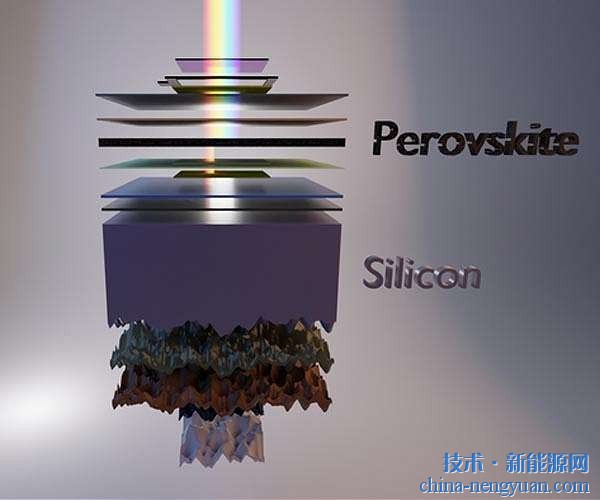 |
(a) TEM images of partially carbon-coated Co catalysts; (b) Schematic diagrams of the growth of narrow bandgap semiconductor SWCNTs; (c) TEM photographs of the resulting SWCNTs; (d) Laser Raman spectra of the resulting semiconducting SWCNTs (excited The wavelength of the light is 532 nm); (e) Device performance of a thin film transistor fabricated using the resulting SWCNT as a channel material.
Single-walled carbon nanotubes (SWCNTs) can behave as metallic or semiconducting due to their different arrangement of carbon atoms. The semiconducting SWCNTs have nanometer scale, good structural stability, adjustable bandgap, and high carrier mobility. It is considered as an ideal channel material for building high-performance field-effect transistors and is expected to find application in a new generation of flexible electronic devices. However, the structure and generation energy of metallic and semiconducting SWCNTs differ slightly, and the carbon nanotubes generally prepared contain about one-third of metallic and two-thirds of semiconducting SWCNTs. This mixture of SWCNTs with different conductivity properties cannot For the construction of high-performance electronic devices. Therefore, the controllable preparation of high-quality semiconducting SWCNTs is the focus and difficulty of current research on carbon nanotubes.
Institute of Metal Research, Institute of Metals, Chinese Academy of Sciences The researchers of the Advanced Carbon Materials Research Department of Shenyang National Laboratory for Materials Science utilized the slight difference in chemical stability between metallic and semiconducting SWCNTs to propose a floating catalysis—in situ etching method. Introducing an appropriate amount of gas etchant (such as oxygen or hydrogen) during SWCNT growth preferentially etched metallic SWCNTs to obtain semiconductor SWCNTs with a purity of more than 90% (Journal of the American Chemical Society 2011, 133: 5232; ACS Nano 2013, 7: 6831). The band gap of semiconductor SWCNTs is directly related to the diameter. Accurately controlling the diameter of the SWCNTs can not only control the band gap of SWCNTs, but also facilitate the selective etching of metallic SWCNTs and further improve the purity of semiconductor SWCNTs. The transition metal catalysts commonly used for the growth of SWCNTs tend to agglomerate during high temperature growth and have poor dimensional uniformity. On the other hand, SWCNT growth from nanoparticle nucleation follows an uncontrollable "tangential growth" or "vertical growth" mode. That is, the diameter of the resulting SWCNTs may be equal to or smaller than the catalyst particles. This makes it difficult to control the diameter of the SWCNTs, and the resulting semiconductor-based SWCNTs have a wide bandgap distribution.
Recently, researchers from the Institute of Advanced Carbon Materials Research at the Institute of Metals and partners of the University of Aalto in Finland designed and prepared a partially carbon-coated Co nanoparticle catalyst. The coated carbon layer can effectively prevent the catalyst particles from agglomerating and growing. The Co nanoparticles can realize the nucleation of SWCNTs in the vertical mode only. Meanwhile, the catalyst particles prepared by the block copolymer self-assembly method have excellent homogeneity and monodispersity. Using this catalyst, they first achieved controllable growth of narrow-diameter-distributed SWCNTs (average diameter of 1.7 nm, over 90% in the 1.6-1.9 nm range), and the narrow bandgap distribution was obtained using the H2 in-situ etching method. 0.08 eV), high purity (>95%), high quality semiconductor SWCNT. With the fabricated semiconductor SWCNT as the channel material, a high-performance thin-film field-effect transistor device was constructed. When the current switching ratio is greater than 3×103, the average carrier mobility can reach 95.2 cm2v-1s-1.
The development of some carbon-coated metal composite catalysts provides new ideas for controllable growth of SWCNTs. The resulting high-quality, high-purity, narrow-bandgap semiconductor SWCNTs lay a foundation for its application in field-effect transistors and other devices. The main results of this work were published online at Nature Communications on March 30 (Nature Communications 2016, 7: 11160). This work was supported by the National Natural Science Foundation of China's Innovation Group, key projects, general projects, key deployment projects of the Chinese Academy of Sciences, and international cooperation projects of innovation teams.
Flashlight,Flashlight Rechargeable,LED Flashlight,USB Rechargeable Flashlight,Blaze Flashlight
Yuyao Flylit Appliance Co.,Ltd , https://www.flylitlight.com
